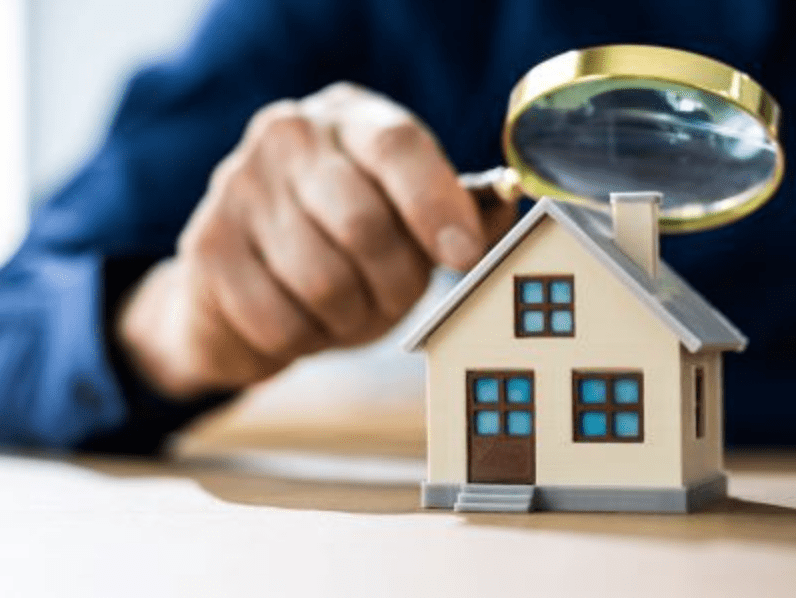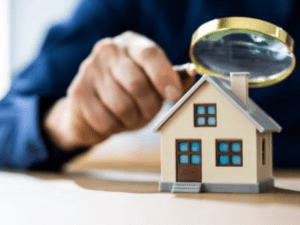
What is a Home Inspection?
February 20, 2024 | Buying
What is a Home Inspection?
When you find yourself negotiating a deal to buy a home, many potential buyers will offer conditionally on getting a home inspection.
But really what is a home inspection, more so, what will it tell you about the home?

A home inspection is a thorough examination of a residential property’s condition, typically conducted by a qualified professional known as a home inspector. The purpose of a home inspection is to provide the potential buyer with a detailed understanding of the property’s overall condition.
Home inspection costs can vary from $350 – $1000 for a 2-5 hour visit dependant on the property, the professional, and even location. Although the initial cost upfront paid by the potential buyers is not refundable, it’s a crucial step in getting to know what your about to buy.
When in doubt, we recommend you consider a home inspection to help prevent “Buyer’s Remorse” 😉
The specific components covered during a home inspection may vary, but a typical inspection includes the following:
-
Structural Components:
- Foundation: Scrutiny for fissures or indications of instability.
- Framing: Evaluation of structural integrity.
-
Exterior Evaluation:
- Roof: Thorough examination for damage, leaks, or wear.
- Siding: Assessment of condition, probing for damage or decay.
- Windows and doors: Ensuring proper sealing, functionality, and freedom from damage.
-
Roof and Attic:
- Roof Structure: Scrutiny of the attic for insulation, ventilation, and signs of leaks.
- Roof Covering: Assessment of the roofing material’s condition.
-
Plumbing System:
- Pipes: Inspection for leaks, corrosion, and water pressure.
- Fixtures: Scrutiny of sinks, faucets, showers, and toilets for operational efficacy.
- Water Heater: Evaluation of age and operational condition.
-
Electrical System:
- Wiring: Examination for faults or safety concerns.
- Circuit Breakers: Verification of proper functioning.
- Outlets and Switches: Inspection for proper operation and safety.
-
HVAC System:
- Heating and Cooling Systems: Evaluation of the furnace, air conditioner, and ventilation.
- Ductwork: Inspection for leaks and insulation adequacy.
-
Interior Features:
- Walls, Ceilings, and Floors: Scrutiny for damage, such as cracks or water stains.
- Windows and Doors: Assessment of proper operation and sealing.
-
Insulation and Ventilation:
- Insulation: Evaluation of energy-efficient insulation in walls, ceilings, and floors.
- Ventilation: Assurance of proper ventilation in relevant areas.
-
Appliances:
- Kitchen Appliances: Inspection of the stove, dishwasher, refrigerator, and their operational condition.
-
Basement and Crawlspace:
- Examination for water intrusion, foundation issues, and signs of structural concerns.
It’s important to recognize that a home inspection provides a snapshot of a property’s condition at a specific moment rather than an unequivocal guarantee. Further, home inspections can’t predict future issues, or uncover hidden defects behind walls or inaccessible areas.
That being said, the inspection report can serve as a negotiating tool for buyers. Based on findings, you can leverage it for needed repairs or amendments to the purchase agreement.
Need a referral for a home inspection professional?
Don’t be shy, reach out and say hi!




